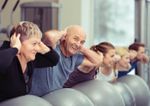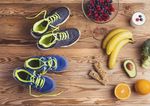5 x 5 x 5 to boost mobility
by Katie Liddiard, Nutrition and Physical Activity Project Officer
- February 20, 2024
- Leave a comment
Our mobility contributes to how easily and efficiently we can move around. From getting up out of a chair to tying our shoes, how mobile we are is important for staying independent and allowing us to perform daily tasks.
Our mobility tends to decline with age and prolonged sitting (something many of us do as part of our jobs) is a major contributor to our decreased mobility.
What is mobility training?
Mobility training includes any movements working on our flexibility, balance, and strength, with the aim of improving the range of motion of our joints and muscles. Mobility training focuses on how we function and move in our whole body rather than a single muscle group. It’s easy to implement into our daily lives no matter how much time we have and often requires little to no equipment. It can be anything from a 5-minute warm-up to a full yoga class.
Benefits of mobility training
- Reduces the risk of injury
- Promotes good posture
- Increases the range of movement
- Improves balance and stability
- Increases flexibility
- Helps us move with ease

How much mobility work do we need to do?
There are no specific guidelines for how much mobility work to do each day. Some is good, and more is better!
We suggest starting with five minutes, five times a week, especially if you are someone who spends a lot of time sitting. The key to making this a habit is getting it to fit into your schedule.
How to fit it into the day
Think about the best time for you. Here are some things that work for us but remember that it has to fit in with your schedule and your preferences or it won’t stick!
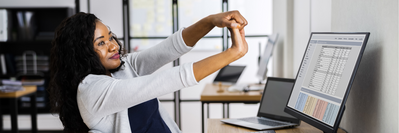
- When you wake up or before you go to bed
- During your lunch break
- Include it in a warm-up or cool-down routine
- At your desk or get the team together each day for a stretch break
- At the park while the kids play
Five mobility movements to get started with
Try these five movements, for five minutes, five times a week (that's the 5 x 5 x 5). A small investment with a big payoff! Remember that all bodies are different, and feel free to adjust the moves to suit your needs. While it’s normal to feel mild discomfort during a stretch, stop if you feel sharp or intense pain.
Arm circles for shoulders
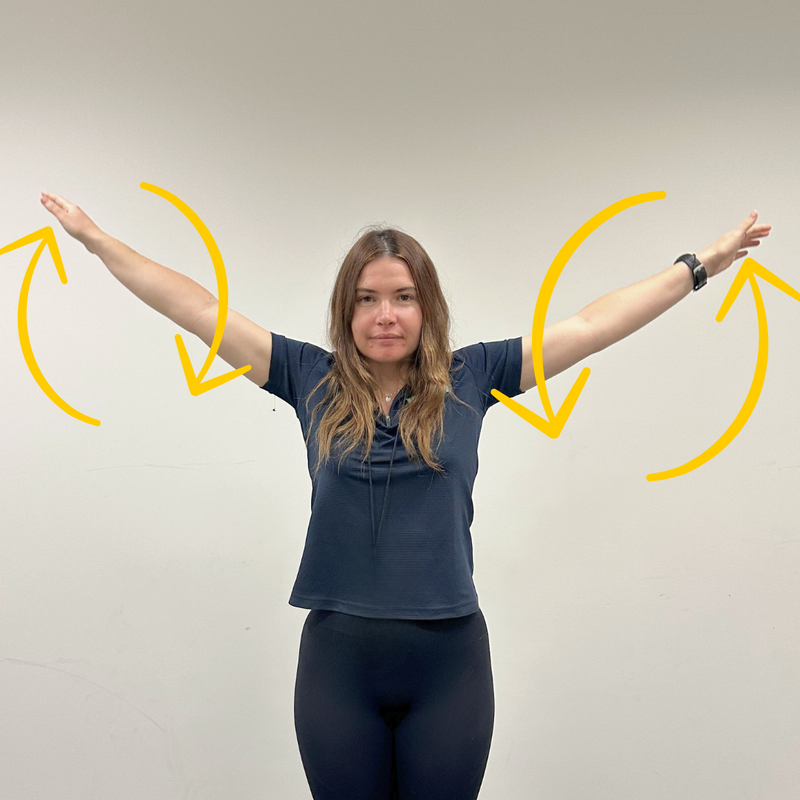
Sit or stand and extend your arms out to your sides parallel to the floor. Slowly rotate your arms forward, making small circles. Repeat for 10 – 15 seconds, and then reverse the direction. Start the circles small and progress to make bigger circles.
Cat-cow for thoracic spines (lower backs)
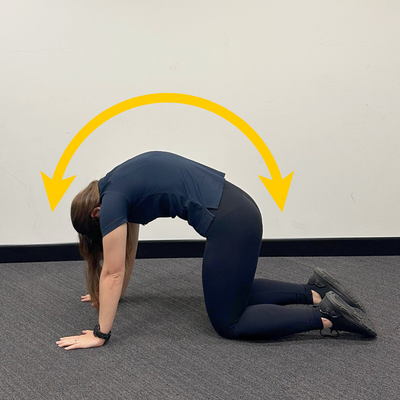
Cat - get on all fours, round your back toward the sky, and tuck your chin into your chest. Hold and take a few deep breaths.
Cow - slowly push your tummy towards the floor, open up your chest, and look up. Hold and take a few deep breaths.
Cycle back and forth between cat and cow a few times.
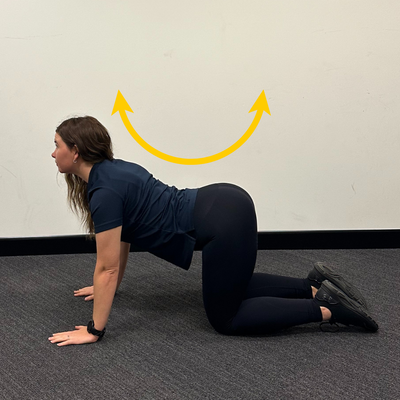
Ankle circles for ankles

Sit or stand and lift your foot off the ground and draw circles clockwise in the air with your toes. Reverse the direction (counter-clockwise) and switch feet. Do each ankle at least twice.
Hip circles for hips and backs
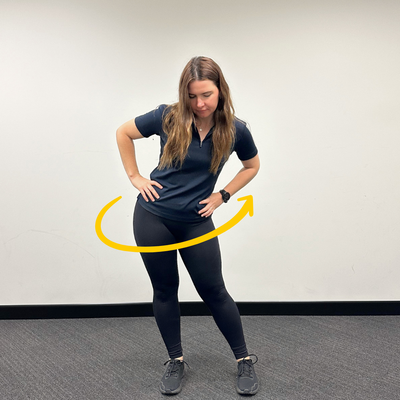
Stand upright with your feet shoulder-width apart. Place your hands on your hips. Slowly rotate your hips, making circles, and continue in this circular motion. Do at least 10 circles in each direction.
Neck rotation holds for neck

Place your index and middle fingers on your chin to turn your head towards the opposite shoulder. Hold for two to three seconds before returning to neutral and then repeat on the other side. Then repeat up to five times on each side. You can break this up throughout the day.
Mobility training takes time and consistency to start noticing a difference in our daily movement, and the more we do regularly, the better the results! For more tips and tools visit the Being active section of the website


